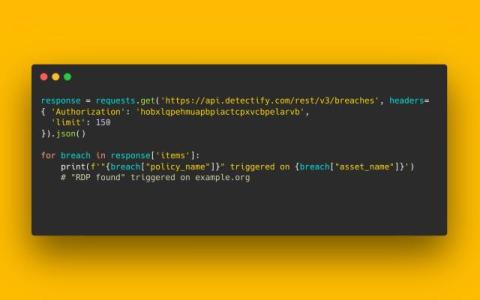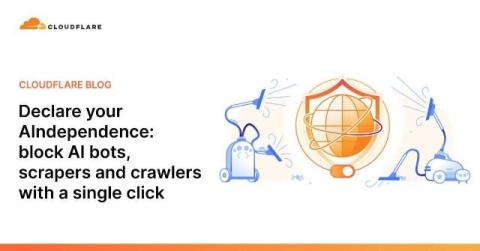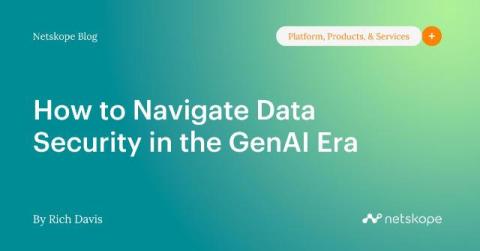Alerts on Policy Breaches Now Available via API
All Surface Monitoring users can configure Attack Surface Policies directly from the new Domains page, enabling various combinations of characteristics that were previously unavailable. Users are now alerted when policy breaches occur directly through their integrated tools, such as Slack and Jira.











